‘I’m hooked’: Crazy travel tour for arts lovers
Stay in the same hotel as Freud, see five operas and visit the room where Mozart first performed his own work at just six years of age.
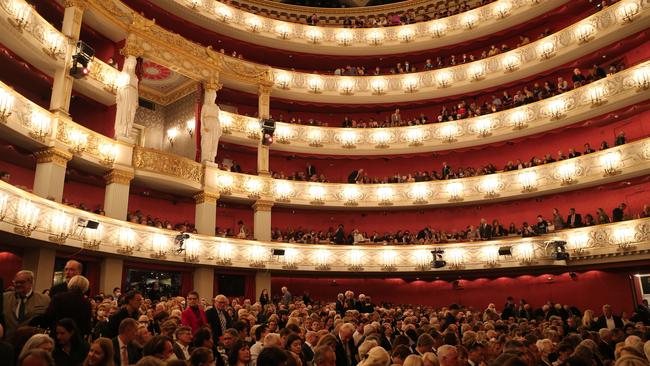
Opera, observed the late, great Kenneth Clark, is one of the strangest inventions of Western society, an extravagant, irrational entertainment, even more surprising considering it was brought to perfection in the Age of Reason.
I was a child when Clark’s groundbreaking 13-part BBC TV series, Civilisation, was broadcast, and read the eponymous book many years later but for some odd reason, the gist of his words on opera return to me when I sign up for a music and opera tour in Munich and Salzburg during the European summer opera festivals.
Run by Renaissance Tours, leaders in cultural and special interest travel, I know the 11-day trip offers an exhilarating opportunity to experience performances by some of the world’s greatest musicians and singers. And yet I admit, perhaps a little sheepishly now, that five operas, spanning 20 hours, and five concerts in 11 days feels onerous.
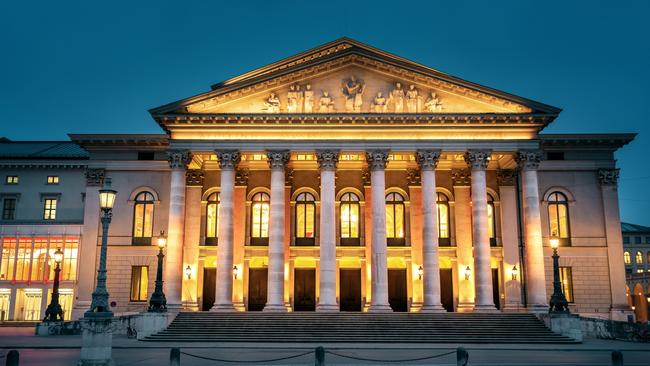
And so, it is with a mix of trepidation and curiosity that I meet my fellow travellers on an overcast late afternoon in Munich to embark on what will end up being the kind of musical odyssey and immersion that most opera buffs could only imagine in their wildest dreams.
Home for the first eight days of our journey is the Bayerischer Hof hotel, in itself an experience to remember.
My room is not ready on arrival, so I head to the spectacular roof bar and cafe. There, the skyline of Munich’s old town glistens in the light, the steeples of surrounding churches washed clean by a sun shower.
King Ludwig I, father of Bavaria’s industrialisation, was on the throne when the five-star Bayerischer Hof first opened its doors to guests in 1841 on his orders, and while much has changed since then, it remains a Munich institution: elegant, grand, imbued in history and still run by the original owners’ descendants.

A quick peruse of the hotel’s guest book reveals a plethora of artists, musicians and politicians over the past 182 years, including one Richard Wagner fleeing creditors in 1864 dressed as a woman; Sigmund Freud and Carl Jung together during a conference in 1913, and Franz Kafka writing feverishly in 1916.
A Who’s Who of 20th-century greats from Alfred Hitchcock, Richard Burton, Sophia Loren and Brigitte Bardot to a roll call of “youngsters” such as Daniel Radcliffe, Orlando Bloom and Jennifer Lopez have slept between Bayerischer Hof sheets.
Seated on the roof balcony as I wait, church bells ring, a clock tower tolls time and an aria by a busking opera singer – probably a student soprano – wafts upward. Well-dressed guests stroll in for an early Aperol spritz or coffee and cake and to my surprise, one – a tall, handsome 50-something man – wearing lederhosen.
Over the next week, I realise that in Bavaria, particularly during opera or summer festival season, national dress including lederhosen and the female equivalent, the dirndl – a low-cut, white puffy sleeved blouse, laced bodice skirt and apron – is not an unusual sight; tradition sprinkled liberally among the lavish ball gowns and black tie.
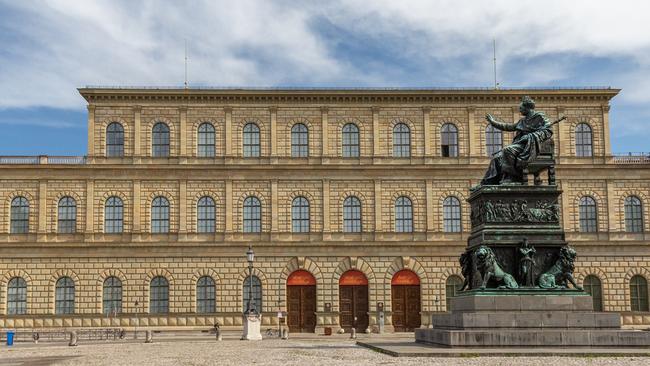
Renaissance Tours provides detailed performance and plot notes on its musical itineraries, and I decide to while away the first afternoon before meeting our tour leader, Berlin-based Australian pianist Scott Curry, by boning up on the first opera on our schedule, Handel’s Semele.
Written in 1743 and based on Ovid’s Metamorphoses, I learn that this very secular story of incompatible, erotic love between a beautiful mortal and the God Jupiter (complicated by a his ferociously jealous wife, Juno) scandalised Covent Garden audiences of the time and the work disappeared from view until the 20th century.
For me, however, it is the perfect introduction to a musical odyssey because like all good aperitifs, it whets the appetite for more. The German director, Claus Guth and Canadian designer, Michael Levine, set the scene as if it were a colourful, high-energy modern wedding with the reluctant bride, Semele, retreating into feverish thoughts of her affair with Jupiter as mobile phone-wielding guests, Instagram influencers and stylists pose for official portraits.
A production of the Bavarian State Opera, it is bound for the Metropolitan Opera in New York in the next year and the young American soprano Brenda Rae as Semele, and baritenor Michael Spyres as Jupiter, sing beautifully but it is the combination of Polish countertenor Jakub Josef Orlinski’s singing and high-energy breakdancing that brings the house down.

Our group of 14 settles quickly into a satisfying rhythm of sumptuous breakfast on the roof terrace followed by an informative lecture from tour leader, Scott, who provides a detailed brief on the concert or opera we are due to see later. Knowledgeable and spirited, he offers well-prepared historical and musicological context and on some days, when a piano is available, even plays carefully chosen arias or melodies to offer compositional and structural insights.
A whirlwind of cultural visits to museums and galleries fill our days, punctuated with convivial lunches in some of the city’s best known and traditional restaurants.
At night, the group enjoys complete musical immersion in the city’s great opera and recital halls. The National Theatre is an easy stroll from the Bayerischer Hof, although Renaissance is mindful of its guests’ energy levels and a minibus is always available for those who do not wish to walk.
In hindsight, it seems incredible that in the first eight nights alone, we attend two recitals and four operas, including the unforgettable Semele; Wagner’s Tristan and Isolde (a joy to hear Australian tenor Stuart Skelton, marred only by sets and costumes so ugly they hurt the eyes); Verdi’s Aida (cleverly placed in a kind of refugee camp reminiscent of Ukraine and sung splendidly by Elena Stikhina in the title role), and Verdi’s Don Carlo (the four-act version, with sumptuous, traditional staging and costumes and the Hollywood-looks, star tenor Charles Castronovo in the title role).
A tour of Munich’s royal residences, still furnished in original opulent glory and the jewel encrusted collection in the Treasury, is a must for any visitor, although a high point for me is sitting quietly in the near empty old Court theatre, a Rococo masterpiece designed by the legendary Francois de Cuivillies in 1755, its gilt and velvet wood carvings meticulously rebuilt after a devastating fire.

Somehow, we also manage a lightning visit to the Alte Pinakothek, a gallery that is home to an extraordinary collection of artworks, spanning the 14th to the 18th centuries, including some Old Masters, such as Leonardo’s Madonna of the Carnation, which I’ve only ever seen in art textbooks. Renaissance also chooses its local guides with care and while our visit is necessarily short, the cherrypicked paintings shown to us offer an intelligent overview, encouraging some of us to return in our free time to see more.
A day trip by bus to the pretty alpine villages of Garmisch-Partenkirchen yields an intriguing visit to the Richard Strauss Institute, where we see handwritten scores and hear recordings of the legendary maestro’s voice, and includes a quick drive by of his home, which is still used as a holiday house by his grandchildren (one apparently runs the local bike shop).
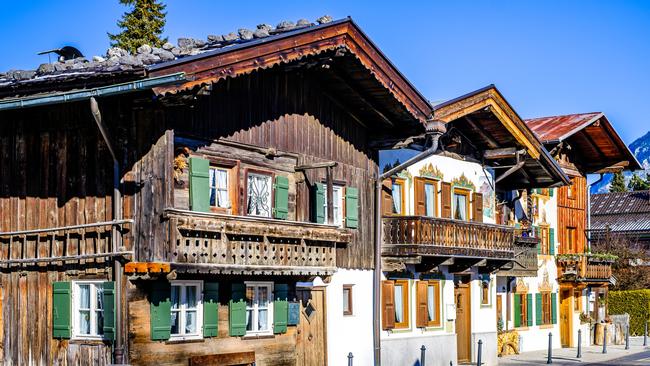
Unforgettable, too – and a complete change of pace and mood – is a visit to the understated but brilliantly curated National Socialism Museum of Munich. The cruelty and horror of fascism and the complexities of the regime’s continuing impact on modern day Bavaria is illustrated with a brutal and moving honesty.
Our transfer by bus to Salzburg in Austria takes us through alpine panoramas of snow-topped mountains and pretty, hillside villages eliciting lusty renditions of Do-Re-Mi and Edelweiss, a musical aside I didn’t expect from a busload of opera buffs.
Salzburg, Mozart’s birthplace, is an exquisite town, especially during the opera festivals and the €14 ($23) funicular ticket to the fortress above is worth the breathtaking views of its 27 churches, steeples and bell towers, the luminescent blue of the icy Salzach River, which cuts through it and the phalanx of surrounding mountain peaks.
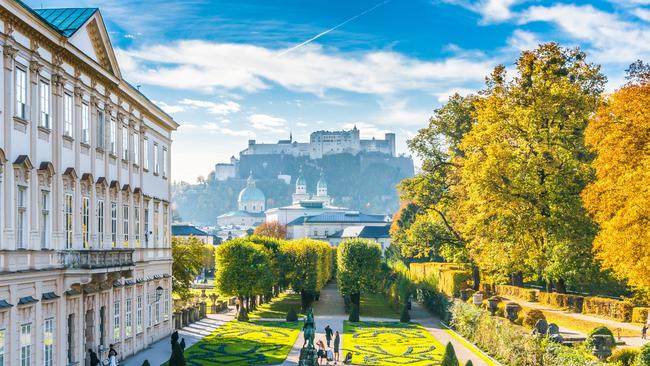
A walking tour of the so-called Dom Quartier encompasses the Prince-archbishops residences, the Baroque staterooms and art gallery, an intriguing Cabinet of Curiosities full of ancient art and natural wonders collected over centuries as well as treasures from St Peter’s Archabbey, the oldest in the German-speaking world.
Hearing Brahms’s German Requiem, conducted by the mercurial Christian Thielemann with a full, mixed choir, is only topped by the unique, high-energy performance of the violin-cello duo, Patricia Kopatchinskaja and Sol Gabetta, who turn their concert into an exhilarating, musical conversation.

Perhaps most memorable for me, however, is standing in the room where the child prodigy Wolfgang Amadeus Mozart first performed one of his compositions, aged just six, and then witnessing his genius first-hand in Martin Kusej’s original staging of The Marriage of Figaro, this one not set in Seville but in a kind of Mafia-style world where all the characters are fleeing someone – or their own vices.
Kenneth Clark was right about crazy opera, and I am now hooked.
In the know
Renaissance Tours is running a 12-night Opera Ole trip in Spain next year, led by radio presenter Mairi Nicolson and taking in Bilbao, Madrid and Barcelona.
Performances of Puccini’s La Boheme, Fidelio by Beethoven and Rossini’s La Cenerentola are among the concerts on the itinerary, along with a host of gallery and museum visits.
From $18,450 a person, twin-share; May 20-June 1, 2024.
Paola Totaro was a guest of Renaissance Tours.

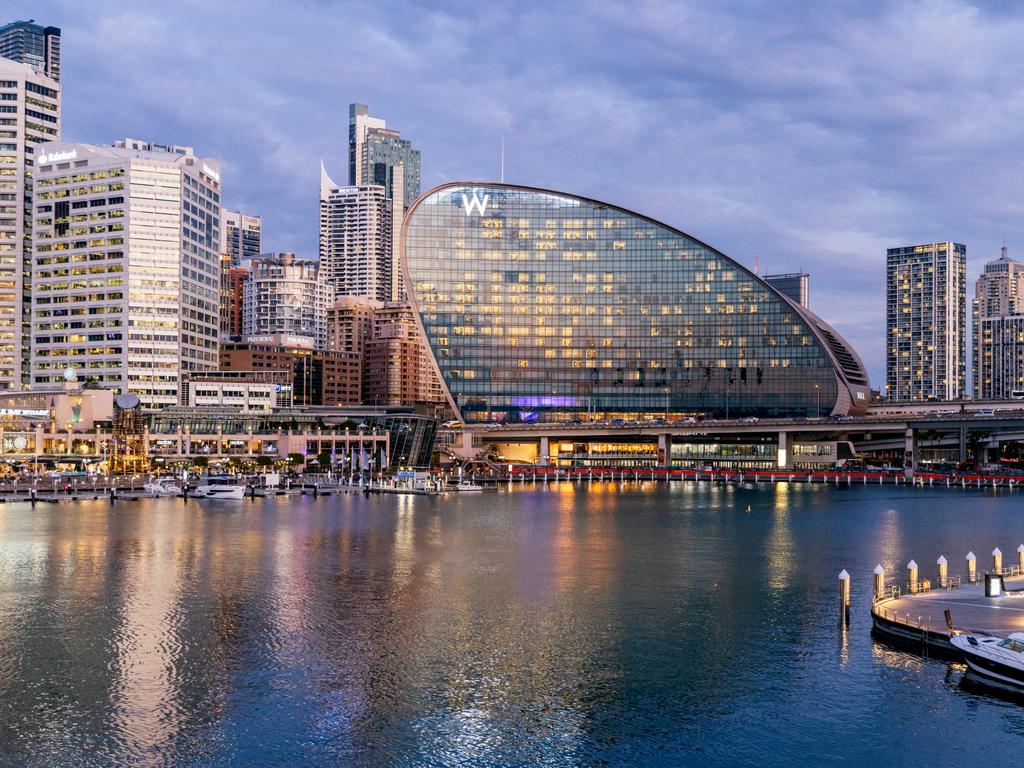
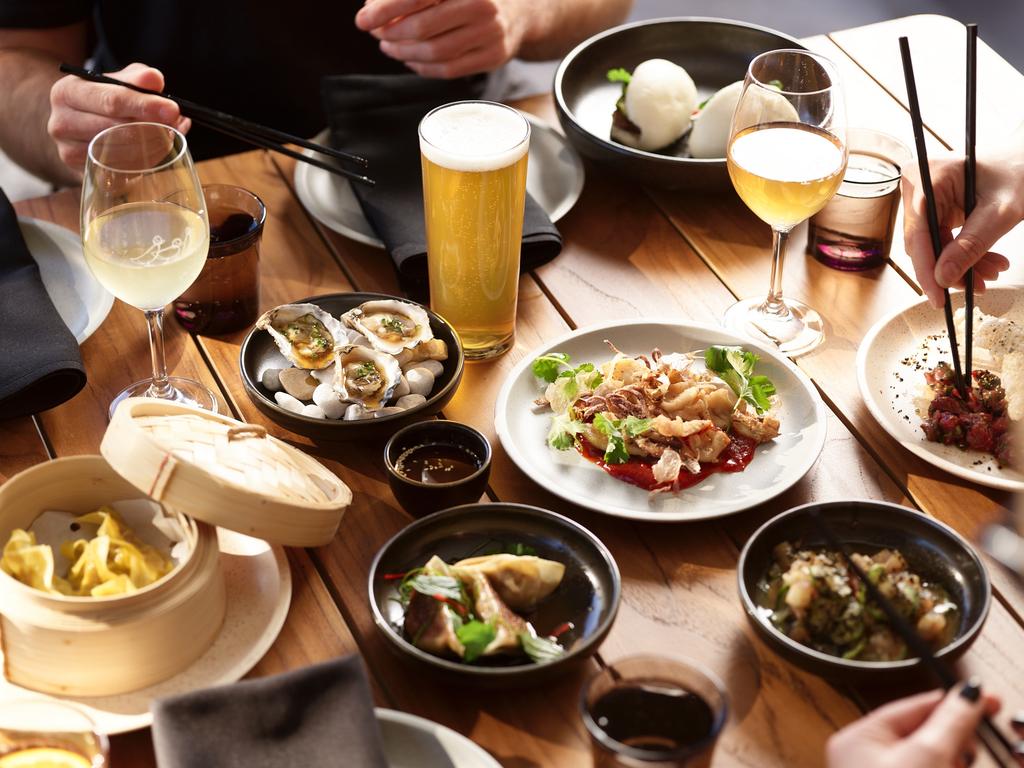
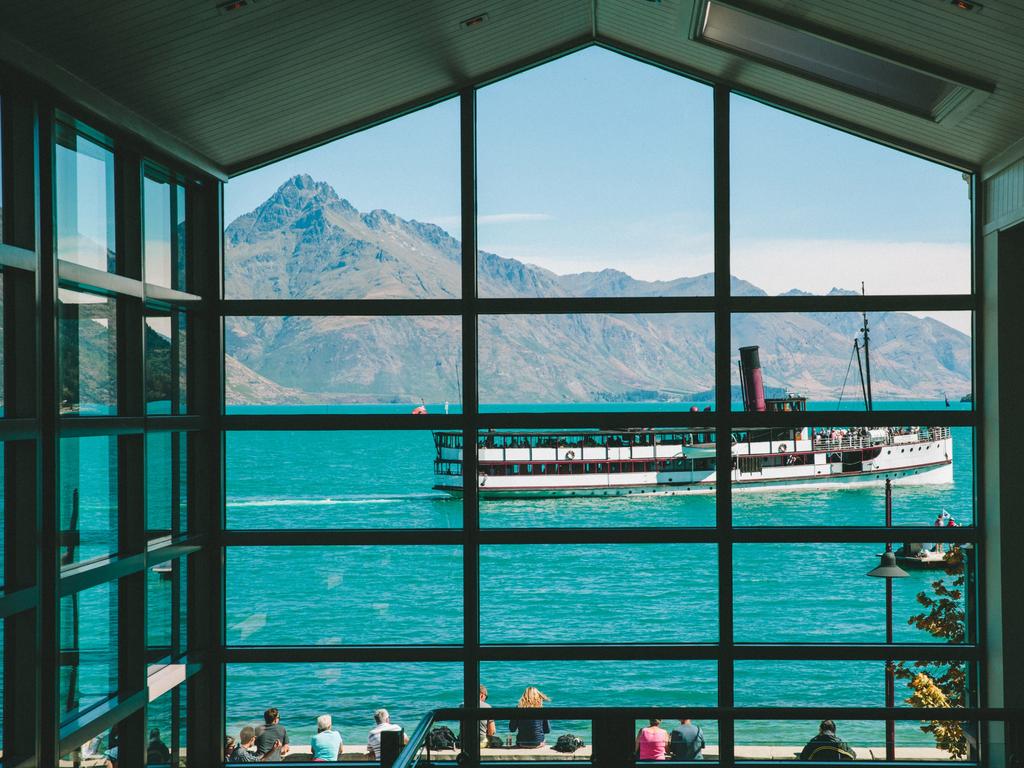
To join the conversation, please log in. Don't have an account? Register
Join the conversation, you are commenting as Logout